- P.O. Box 527, The Gap, Qld, 4061
Welcome to Engineering Air Science
Experts in the areas of fluid mechanics and air quality
Global Network
Utilising local and internationally developed practical experience Engineering Air Science provide specialist consulting services across a broad area of the air environment and beyond, including boundary layer meteorology, air quality, fluid mechanics, thermodynamics and the environment.
Air Quality
Engineering Air Science provide services including air quality impact assessment and management, meteorological and atmospheric dispersion modelling, bespoke air pollution and meteorological monitoring and analysis.
Solutions
Engineering Air Science provide specialist expertise and solutions in air quality and fluid mechanics. Through application of modelling and measurement we provide comprehension of complex air quality and fluid mechanical issues, and improved appreciation of complex flow and/or dispersion behaviour.
Engineering Air Science
Air quality and fluid mechanics expertise
Engineering Air Science provide services across the air environment and fluid dynamics. Primary focus is on air quality and complex atmospheric flow with services including:
- Air Quality Assessment: Meteorological and air quality modelling and assessment for Environmental Impact Statements (EIS) and Development Approvals (DA). Experience across a wide range of industries, assessment tools and jurisdictions.
- Industrial & Manufacturing
- Mining & Extraction
- Waste & Composting
- Intensive Agriculture
- Transport & Traffic
- Power Generation
- Odour & Nuisance
- Particulate Matter & Dust
- Gases & Air Toxics
- Biological Hazards
- Radionuclides
- Environmental Investigation: Air flow, wind and the air environment; Air quality and meteorological modelling, monitoring, analysis, flow modelling and measurement and the thermal environment.
- Compliance
- Bespoke Monitoring Programs
- Pre-Application Advice
- Mitigation and Control:
Strategies for control and mitigation of emissions to assist projects meet legislative requirements
- Fluid Dynamics: Modelling and monitoring of complex atmospheric boundary layer flow and turbulence effects and general fluid mechanics analysis
- Wind Tunnel model investigations
- Computational Fluid Dynamics
- 3-Dimensional meteorological models
- Expert services:
Expert advice, peer review, expert witness, postgraduate and training program development and lecturing.
30+
Years of Experience
Air Quality Assessment
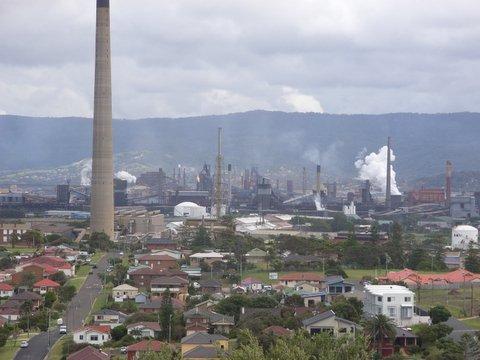
Air Quality Impact Assessment (AQIA) involves the determination of the quality of the ambient air, pollutant levels and how they may vary across the environment in response to meteorological and operational conditions. Improved air quality leads to improved health outcomes. The process involves coupling of air pollutant emission profiles of local activities and the meteorological environment to estimate the transport and mixing of air pollutants within the air environment. Assessment against ambient air quality guidelines and health standards provides indication of potential for adverse effects.
Fluid Modelling
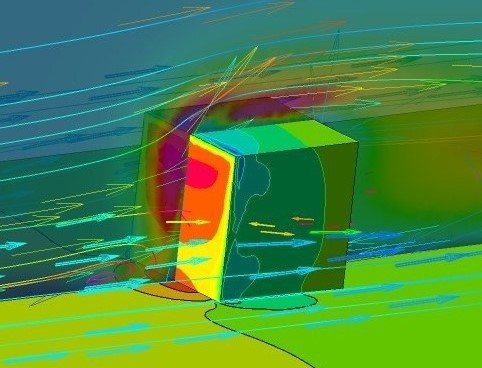
Fluid modelling provides ability to capture flow behaviour not directly resolvable through meteorological and dispersion models or analytical methods. Numerical and physical simulation can be applied to resolve critical features of flow and turbulent behaviour, resolved directly from the features within the flow field. While similar, numerical and physical fluid modelling methods are not always directly interchangeable, with differing strengths and limitations. Engineering Air Science offers expertise in fluid modelling associated with complex atmospheric flow and dispersion and complex turbulence effects on flow structure.
Wind & Environment
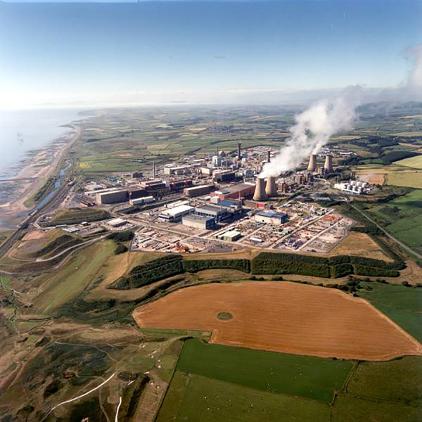
The atmospheric boundary layer, the lower section of the Earth’s atmosphere, is the region of the air environment interacting with the Earth’s surface, the wind we experience, and environment in which we live and breathe. Understanding the effect of terrain and structures on the wind behaviour assists to provide greater comfort in open, urban areas, improve efficiency of wind turbines, design for structural integrity in extreme wind events. The wind also affects the transport and mixing of pollutants. Understanding the atmospheric boundary layer structure and behaviour can be critical in relation to the comfort and safety of our environment.
Why Engineering Air Science
Industry Sectors
Diverse Industry and Project Experience
Agriculture
Assessment of air quality and meteorological environment, management plans and operational advice to mitigate emissions and their impacts, investigations of reportable disease transmission, environmental impacts and management, and complex fluid flow and dispersion investigations.
Mining and Resources
Supporting operations, air environment, health & safety with air quality and fluid mechanical expertise. Air quality assessment, particulate behaviour and thermal environment fluid modelling, consequence analysis and expert witness.
Waste Management
Waste handling and treatment operations air quality and odour assessment, wastewater, composting, landfill, industrial. Waste storage consequence analysis and fluid modelling, improving robustness of fugitive emission estimates and impact assessment.
Manufacturing and Processing
Assessment of operations and their emissions to the air environment, providing insight of impacts within a facility and the environment beyond the boundary.
Energy and Industry
Wind flow, meteorological and air quality studies enhancing understanding and optimising outcomes. Fluid & meteorological modelling, air quality assessments, model development and validation, consequence analysis.
Research and Development
Investigations to assist understand complex flow and dispersion issues related to the atmospheric boundary layer, plume behaviour, air flow and extending into industrial fluid mechanics.
Defence
Assist understanding of air emissions from activities and operations, their on-site impacts and contribution to the local air environment.
Government/Non Profit
Air quality investigations and research, policy development advice and peer review working across air quality monitoring, modelling and complex flow issues.
Nuclear
Solutions to complex dispersion and emergency preparedness issues coupling air quality, fluid modelling and monitoring.

Dr. John Taylor, Director & Principal
A farm base childhood in a small NE Victorian community, John was intrigued by the influence of terrain on the weather and airflow, the cloud formations and storms over the nearby mountains. Being adept at maths and science at secondary school, John studied a Bachelor of Science and Bachelor of Engineering course at Monash University.
John commenced his career in wind engineering, testing the response of buildings and structures to wind action within the wind tunnels at the Department of Mechanical Engineering, Monash University. It was within a very large, newly developing wind tunnel at Monash that John undertook his PhD studies, investigating simulation of the atmospheric convective boundary layer and the downwash of pollutant plumes captured within the larger convective flow structures. Through this period, John developed instrumentation and systems and undertook consulting projects within the wind tunnel including building effected dispersion studies used in the development and testing of the US EPA PRIME buildings module.
Retaining connection with complex atmospheric flow and dispersion, John moved to the EnFlo environmental wind tunnel at the University of Surrey, UK investigating dense gas (heavier than air) behaviour in lower turbulence stable atmospheric flows. Transitioned back to consulting, John moved to Cumbria, NW England, coupling regulatory dispersion models with fluid modelling to improve air quality assessment associated with complex and controversial industrial operations.
Returning to Australia John has continued to provide expert advice and modelling services across the air environment and fluid mechanics, particularly complex atmospheric flow, air quality and dispersion issues.
▼
Read more
Read less
▲
Engineering Air Science applies the specialised but diverse background of its’ personnel to issues relating to the air environment, coupling tools and experience across:
- Boundary Layer Meteorology
- Air Quality
- Fluid Mechanics
- Meteorological & Dispersion Modelling
- Thermodynamics
- Computational Fluid Dynamics
- Environmental Monitoring
- Industrial Aerodynamics
- Experimentation & Research
- Physical Modelling, Experimental Design & Development
- Numerical Simulation
Blending experience and insight, Engineering Air Science provides improved understanding and enhanced reliability of outcomes. Primary expertise encompasses understanding of complex atmospheric flow and turbulence, industrial emissions and ambient air quality. Skills and experiences is equally applicable across general air quality assessment or investigation of industrial fluid mechanics.
Retaining connection with complex atmospheric flow and dispersion, John moved to the EnFlo environmental wind tunnel at the University of Surrey, UK investigating dense gas (heavier than air) behaviour in lower turbulence stable atmospheric flows. Transitioned back to consulting, John moved to Cumbria, NW England, coupling regulatory dispersion models with fluid modelling to improve air quality assessment associated with complex and controversial industrial operations.
Returning to Australia John has continued to provide expert advice and modelling services across the air environment and fluid mechanics, particularly complex atmospheric flow, air quality and dispersion issues.
Read more ▼
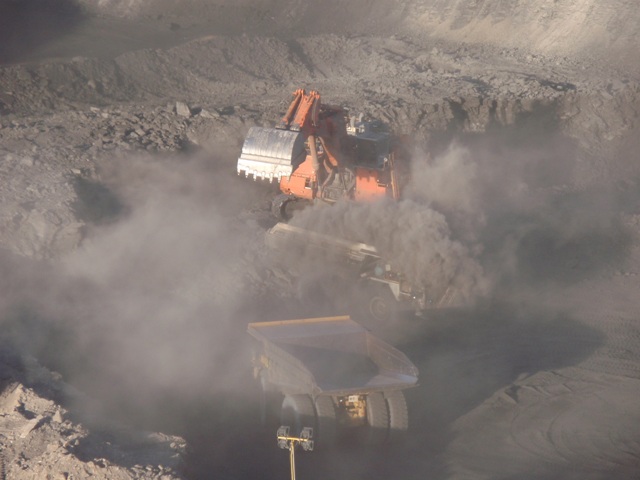
From applying cutting-edge technologies to optimising understanding and management
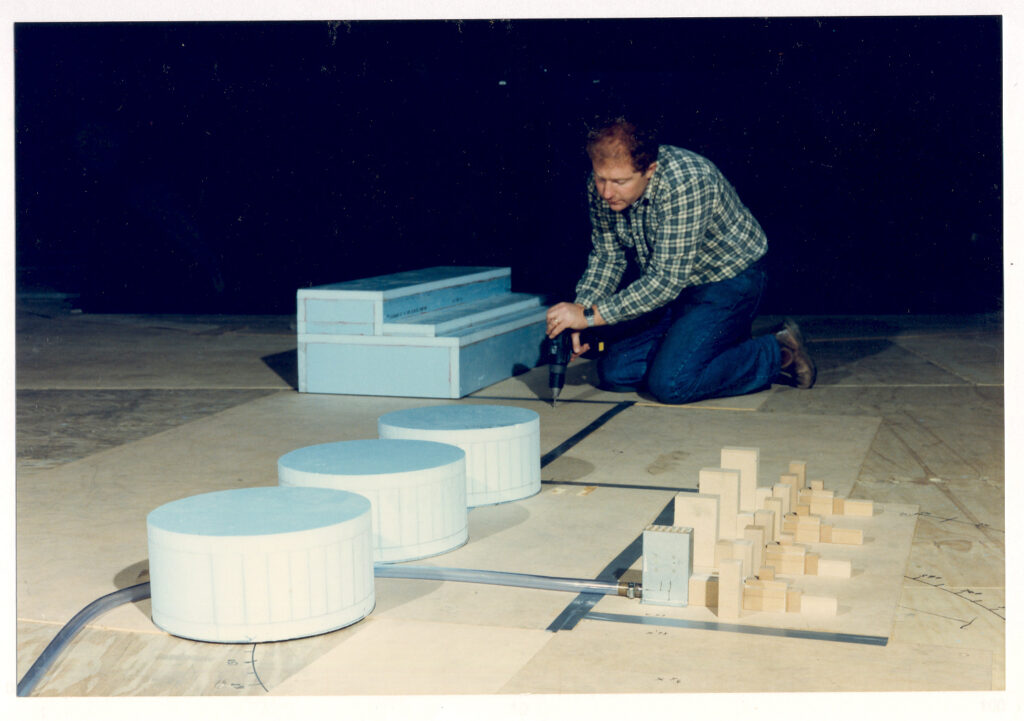
Global Network
With Australian and Internationally developed practical experience Engineering Air Science provide specialist consulting services across a broad area of the air environment including boundary layer meteorology, air quality, plume behaviour and fluid mechanics including diverse model application experience.
Air Quality Assessment
Engineering Air Science provide services in air quality assessment and management including meteorological and atmospheric dispersion modelling, air quality impact assessment, meteorological processing and analysis, meteorological and air pollution monitoring and analysis.
Solutions
Engineering Air Science provide specialist expertise across boundary layer meteorology, air quality monitoring, analysis and modelling and the application and integration of fluid modelling to understand and quantify complex air quality and fluid mechanical issues.
Research & Development
Extensive research and development project experience including commercial and highly confidential investigations as well as published studies individually and in collaboration. Analysis of meteorology, complex dispersion, model inter-comparison and uncertainty, plume behaviour, air flow and industrial fluid mechanics.
